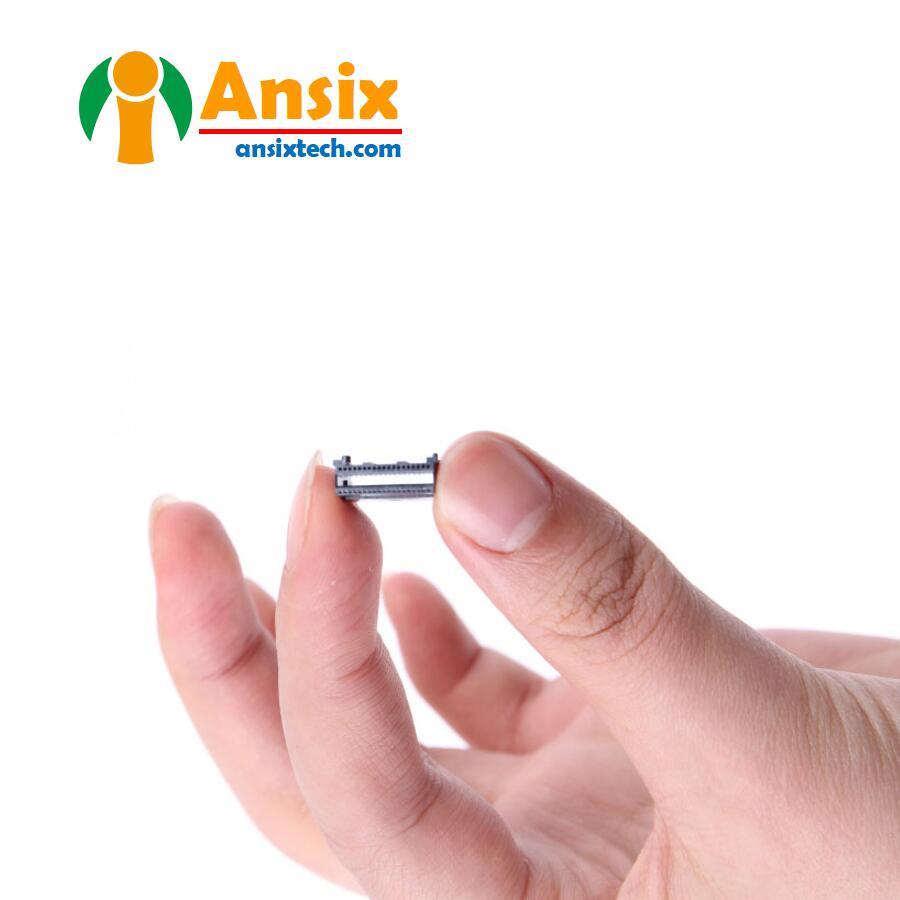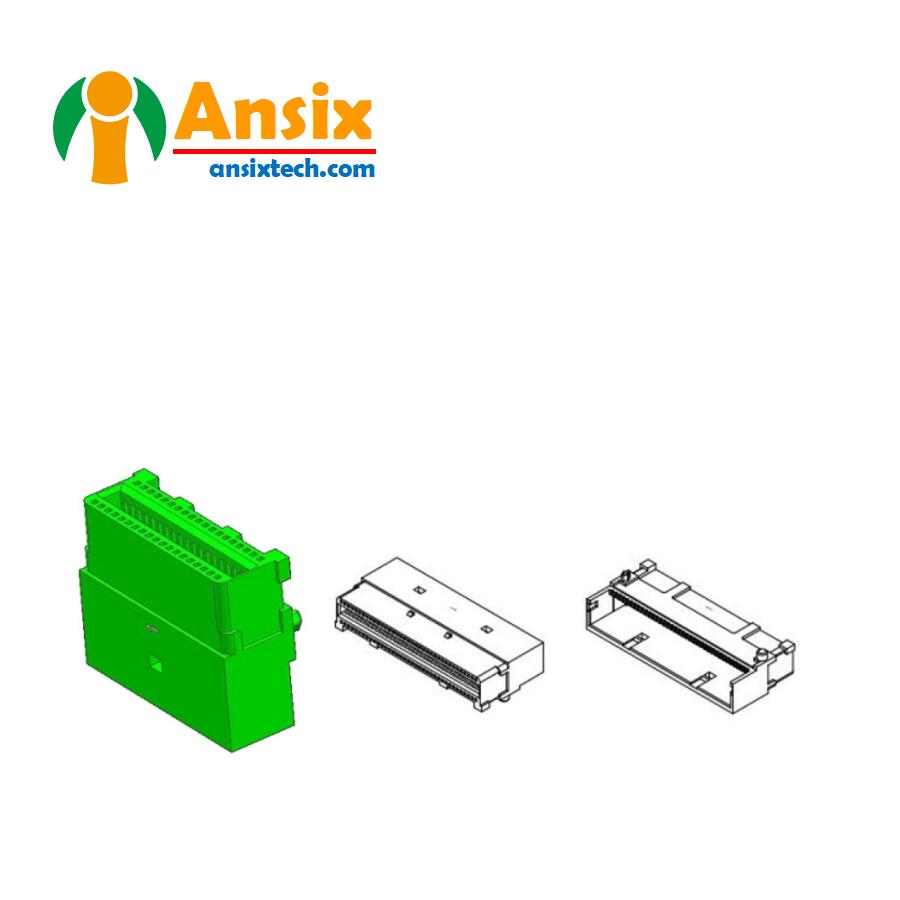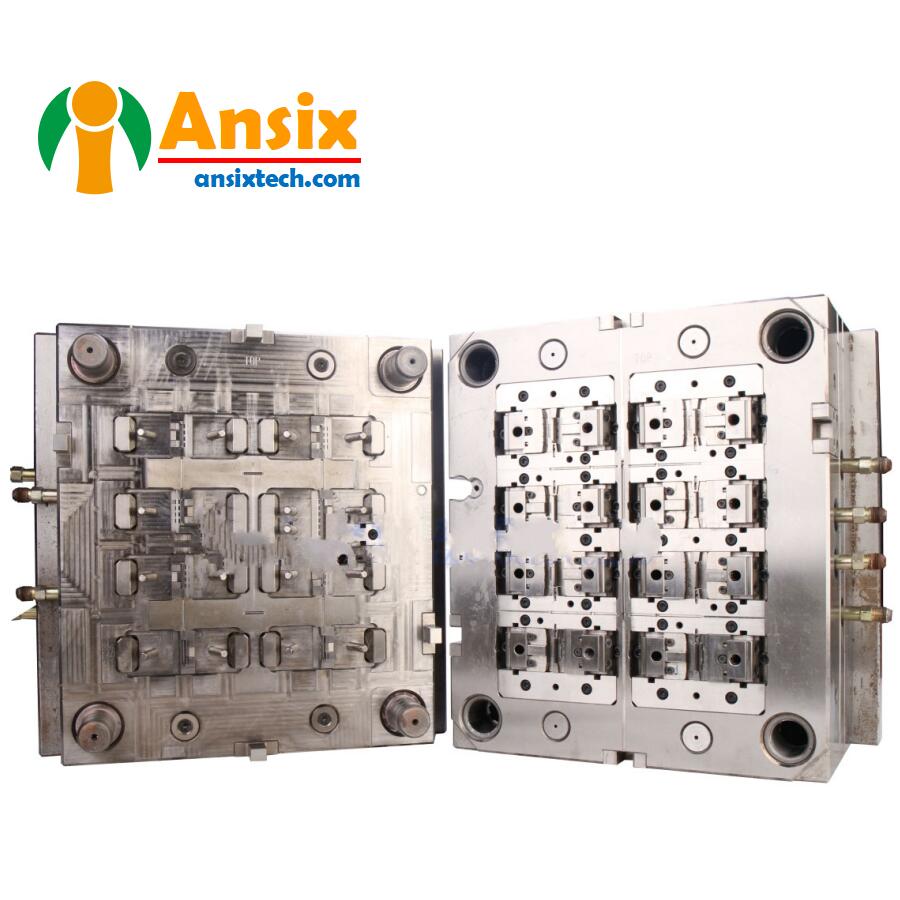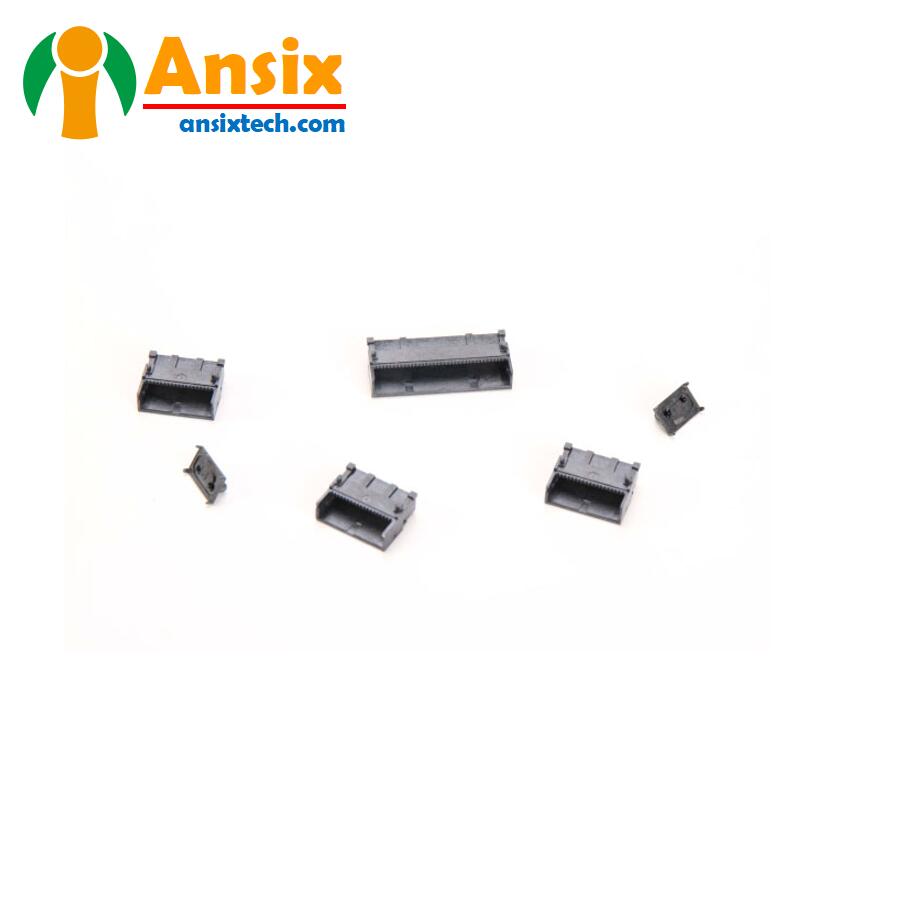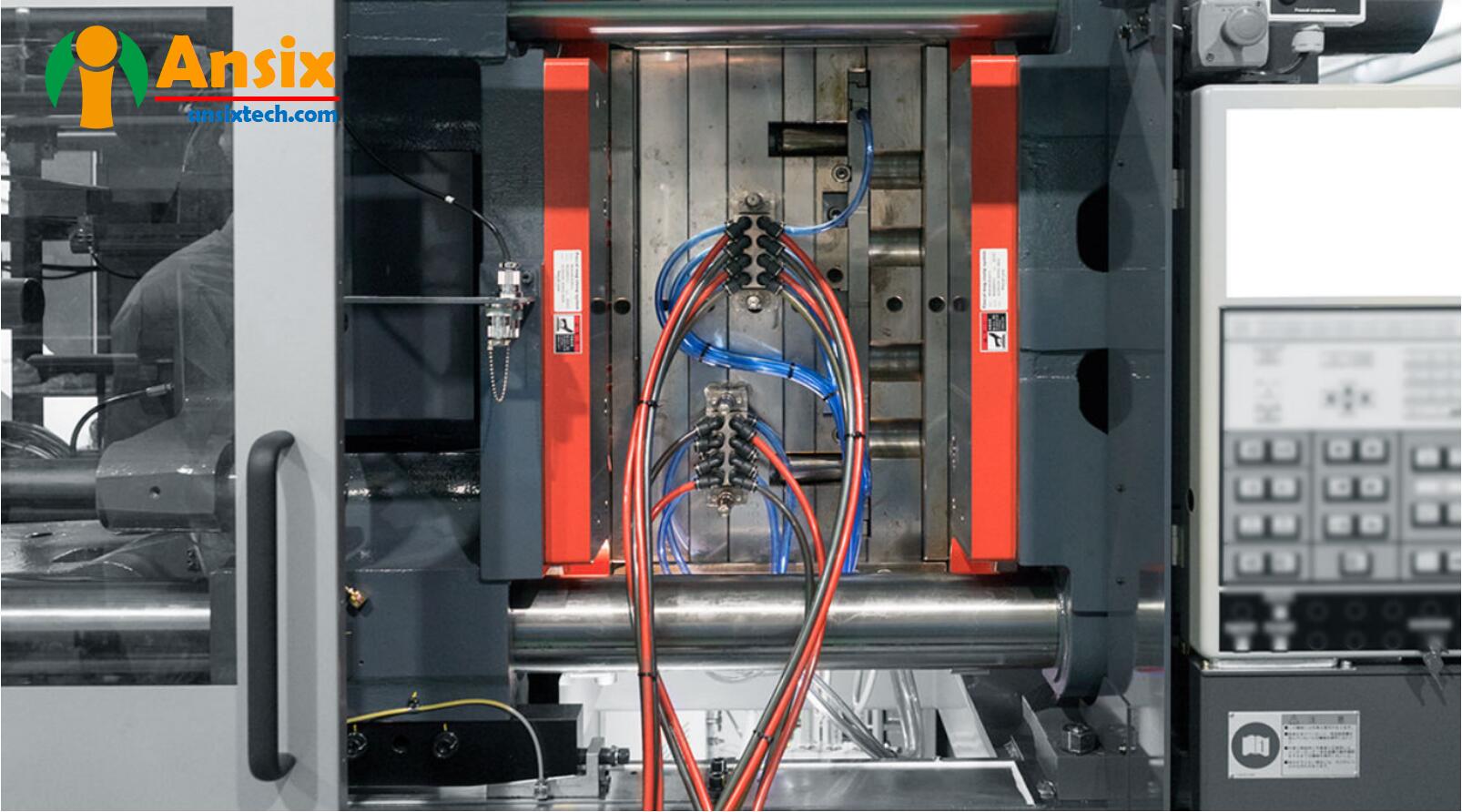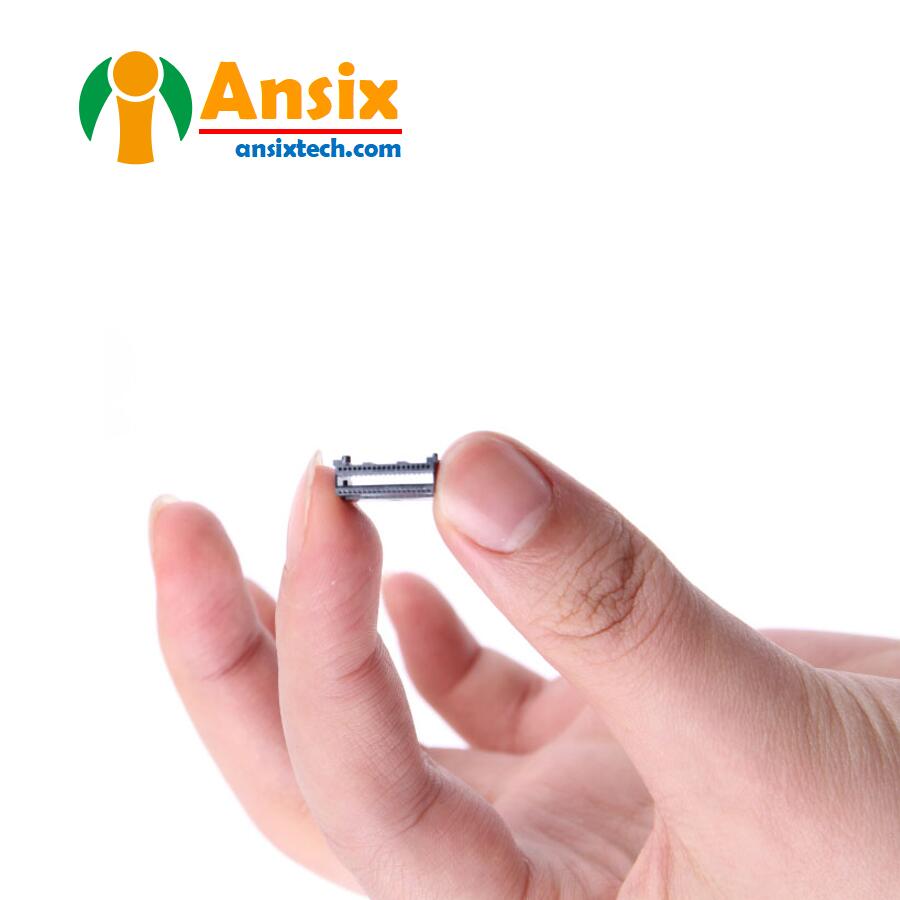Connector Housing Mold
FEATURES
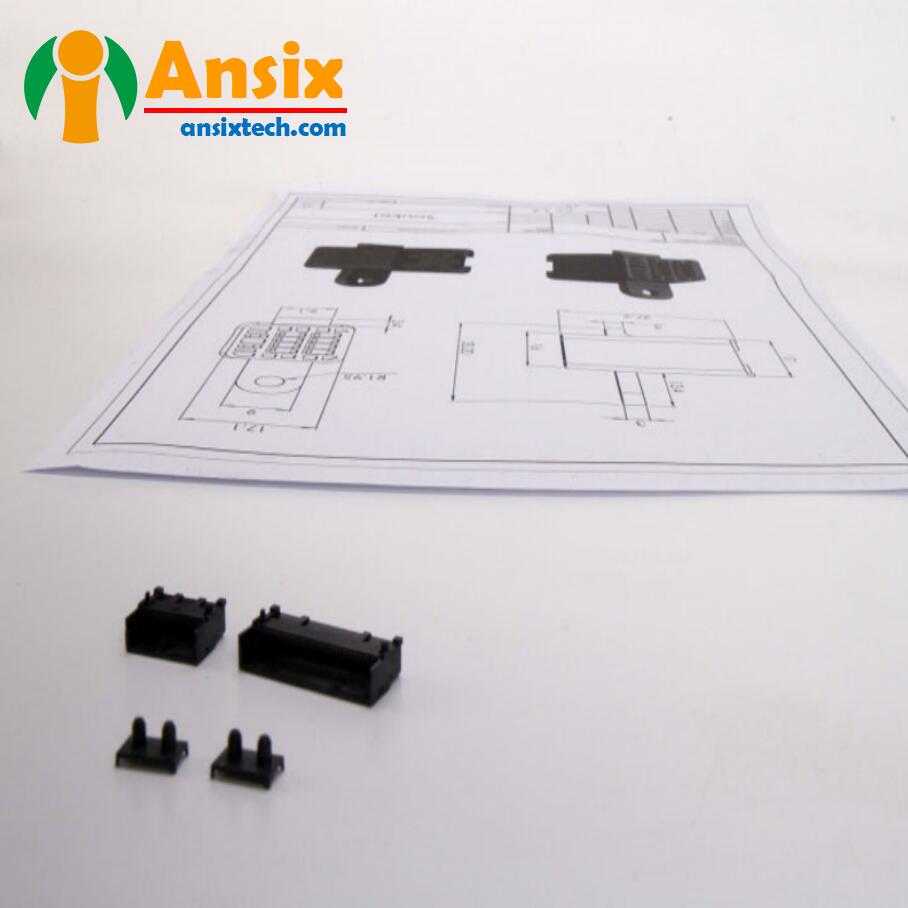
- Connector Housing Mold
Surface treatment: Connector precision molds usually require surface treatment to improve the wear resistance and service life of the mold. This includes surface coating, heat treatment and other treatment methods to enhance the surface hardness and corrosion resistance of the mold.Mold trial and debugging: After completing the mold manufacturing, carry out mold trial and debugging. This is to ensure that the mold accurately replicates the shape and size of the connector. During the mold trial and debugging process, necessary adjustments and corrections need to be made to ensure that the mold can meet the requirements of the connector.The manufacturing of connector precision molds requires highly precise processing equipment and technology to ensure the accuracy and quality of the molds. The manufacturing quality of connector precision molds directly affects the quality and performance of the connector. Therefore, the quality of each step needs to be strictly controlled during the mold manufacturing process, and necessary inspections and adjustments are made to ensure that the mold can meet the requirements of the connector.
Product Materials:
LCP E130I 30%GF
Mold Material:
2344H
Number of Cavities:
1*8
Glue Feeding Method:
Hot runner
Cooling Method:
Water cooling
Molding Cycle
10.5s
- Connector precision mold DFM and NX mold design
DFM (Design for Manufacturability) of connector precision molds refers to taking into account the actual conditions of mold manufacturing and production during the design stage of connector precision molds to improve mold manufacturing efficiency and quality.Material selection: In the design of connector precision molds, it is necessary to select suitable materials, taking into account factors such as the material’s processability, wear resistance, and corrosion resistance. Reasonable selection of materials can improve the processing efficiency and life of the mold.Structural design: The structural design of the connector precision mold should take into account the processing and assembly process of the mold. Reasonable structural design can reduce processing procedures and assembly difficulties, and improve mold manufacturing efficiency.Mold size and tolerance: The size and tolerance of the connector precision mold should meet the design requirements of the connector and take into account the tolerance requirements of mold processing and assembly. Reasonable size and tolerance design can reduce processing procedures and assembly adjustments and improve the manufacturing accuracy of molds.Mold surface treatment: The surface treatment of the connector precision mold should take into account the wear resistance and corrosion resistance of the mold. Reasonable surface treatment can extend the service life and stability of the mold.Mold cooling system: The cooling system design of connector precision molds should take into account the heat dissipation and cooling effect during mold processing. Reasonable cooling system design can improve the processing efficiency and quality of molds.Through the consideration of DFM, the design of connector precision molds can be more in line with actual manufacturing and production requirements, improving the manufacturing efficiency, quality and stability of the molds. This helps reduce production costs, improve production efficiency, and ensure the performance and reliability of connector precision molds. 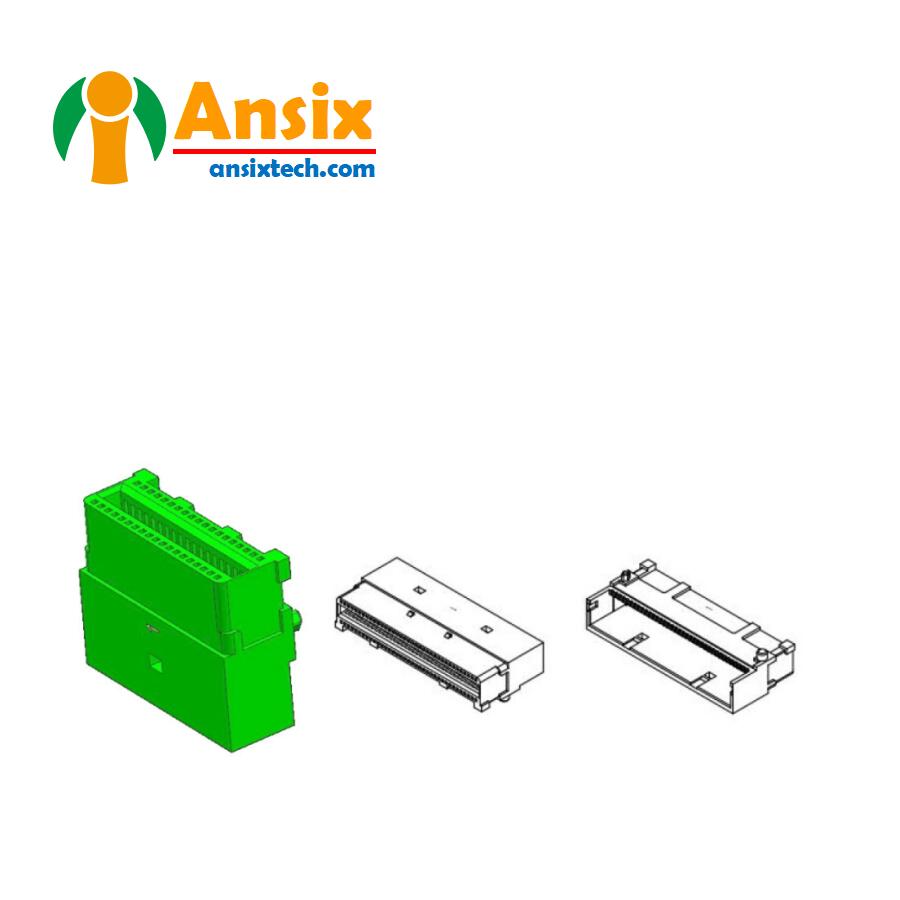
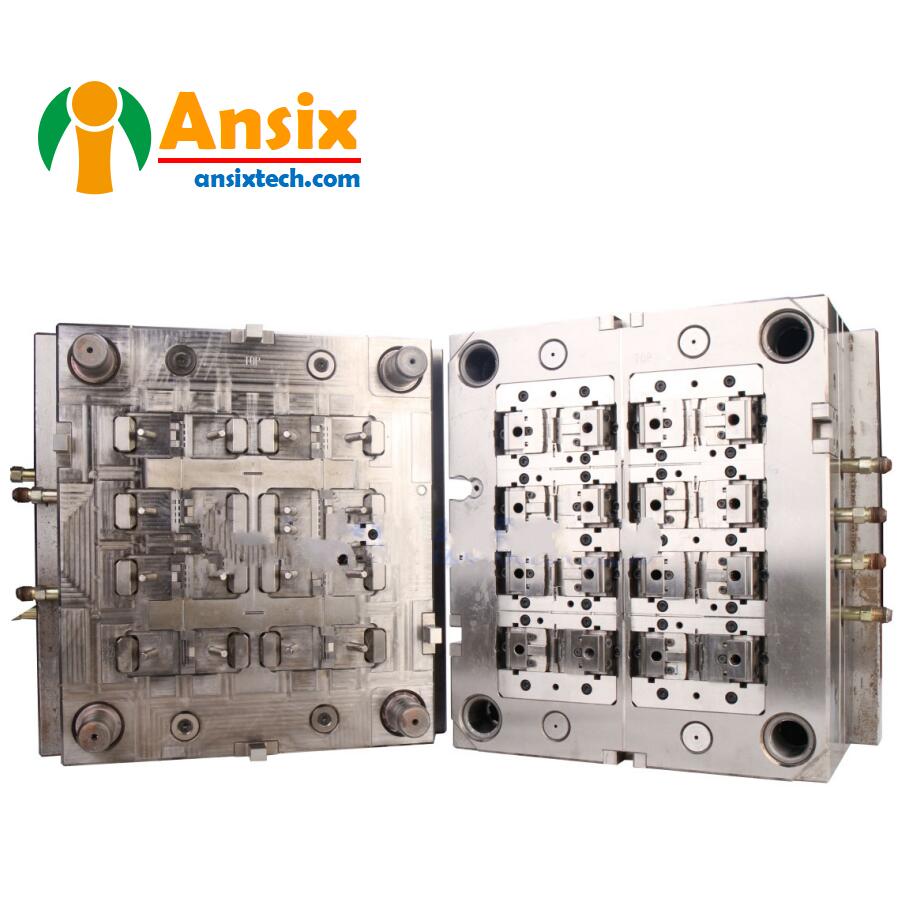
- The manufacturing content of connector precision molds
Mold design: Design the mold according to the shape, size and functional requirements of the connector. This includes determining the structure, size and material of the mold, etc. Designers use computer-aided design (CAD) software to create 3D models to ensure the mold accurately replicates the connector’s shape and size.
Material preparation: According to the mold design requirements, select suitable materials for the manufacturing of connector precision molds. The material should have sufficient strength, hardness and wear resistance to meet the usage requirements of the mold.
Mold processing: According to the mold design drawings, use high-precision CNC machine tools or other processing equipment to process the mold. This includes precise cutting and forming to produce connector precision molds that meet the requirements. The quality of each step during the processing needs to be strictly controlled, and necessary inspections and adjustments are made to ensure that the mold can accurately replicate the shape and size of the connector.
Surface treatment: Connector precision molds usually require surface treatment to improve the wear resistance and corrosion resistance of the mold. This includes surface coatings, heat treatments and other treatments to enhance the surface hardness and durability of the mold.
Mold trial and debugging: After completing the mold manufacturing, carry out mold trial and debugging. This is to ensure that the mold accurately replicates the shape and size of the connector. During the mold trial and debugging process, necessary adjustments and corrections need to be made to ensure that the mold can meet the requirements of the connector.
Mold testing and verification: After completing the mold trial and debugging, conduct mold testing and verification. This includes using molds for connector production and checking whether the quality and performance of the connector meet requirements.
The above are the general contents of connector precision mold manufacturing. The specific manufacturing methods and steps may vary due to different connector design requirements. Manufacturing connector precision molds requires highly precise processing equipment and technology to ensure the accuracy and quality of the molds. The manufacturing quality of connector precision molds directly affects the quality and performance of the connector. Therefore, the quality of each step needs to be strictly controlled during the mold manufacturing process, and necessary inspections and adjustments are made to ensure that the mold can meet the requirements of the connector.
- Connector mold injection molding
Connector mold injection molding production is a commonly used method of manufacturing connectors, which combines mold manufacturing and injection molding technology.Mold preparation: First, prepare the connector mold, including the installation and debugging of the mold. Ensure that the structure and size of the mold meet the requirements of the connector, and perform necessary mold cleaning and maintenance.Raw material preparation: Select suitable injection molding raw materials, usually thermoplastics, such as polyamide, polyimide, polyamide ester, etc. According to the requirements of the connector, determine the appropriate raw material type and formula, and perform pre-processing of the raw materials, such as drying and mixing.Injection molding: Install the connector mold onto the injection molding machine, heat and melt the injection molding raw materials. The molten plastic is then injected into the cavity of the mold, where pressure and cooling cause the plastic to solidify and solidify in the mold.Mold opening and demoulding: After the plastic of the connector solidifies, the mold is opened and the connector is taken out of the mold. This may require the use of an ejector pin or other assistive device to aid in demolding.Removal of remaining material and trimming: After the connector is demoulded, possible remaining material or flash edges need to be removed and trimmed and shaped to ensure that the appearance and size of the connector meet the requirements.Inspection and testing: Inspection and testing of connectors, including appearance inspection, dimensional measurement, electrical performance testing, etc., to ensure that the quality and performance of the connector meet the requirements.Packaging and shipment: After the connector passes the inspection, it will be packaged and prepared for shipment. Packaging should comply with transportation and storage requirements to ensure the safety and integrity of the connector.Connector mold injection molding production requires experienced engineers and technicians to ensure the manufacturing quality of the mold and the effect of injection molding. The injection molding process enables efficient, large-scale connector production and produces connector products with consistency and precision. The manufacturing quality and precision of connector mold injection molding directly affect the quality and performance of the connector. Therefore, the quality of each step needs to be strictly controlled during the mold manufacturing and injection molding process, and necessary inspections and adjustments are made to ensure connector mold injection molding. The quality and performance meet the requirements. 
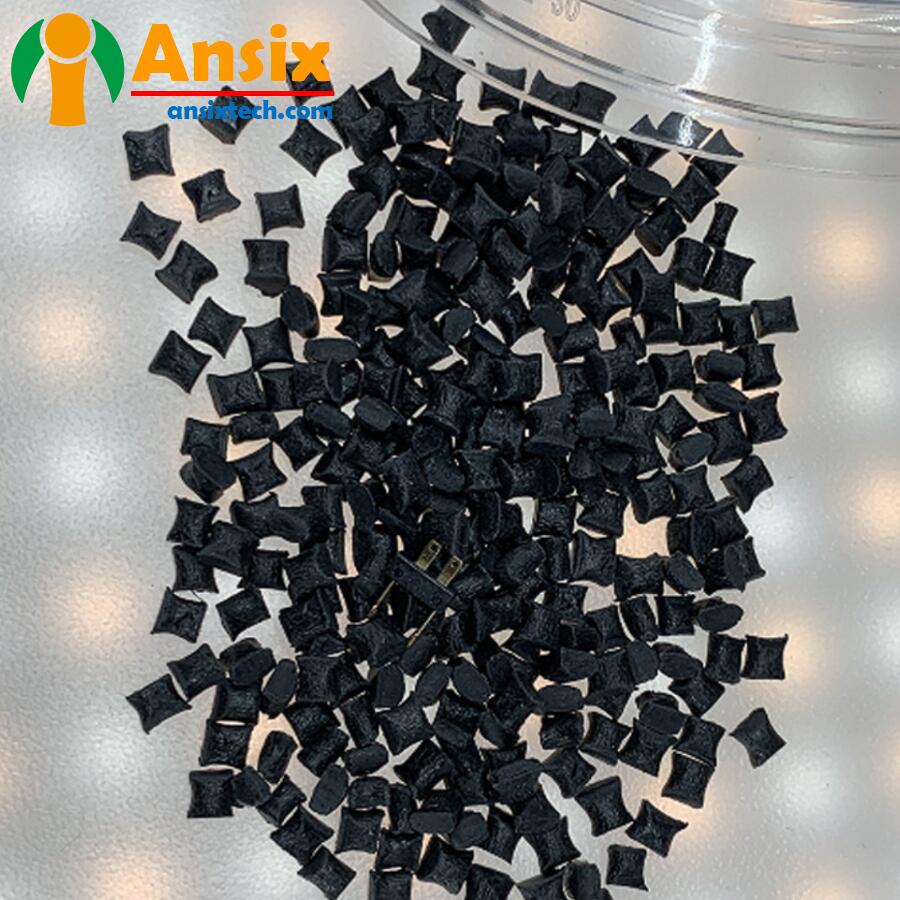
- The material selection for connector mold injection molding
The material selection for connector mold injection molding is very important, which directly affects the quality, performance and reliability of the connector.Mechanical properties: Choose materials with sufficient strength and hardness to ensure that the connector can withstand a certain amount of force and pressure during use. Commonly used materials include polyamide, polyimide, polyamide ester, etc.Heat resistance: Connectors may be affected by high temperature environments during use, so materials with good heat resistance need to be selected. This ensures that the connector will not deform or lose performance in high temperature environments. Commonly used heat-resistant materials include polyimide, polyamide ester, etc.Corrosion resistance: Connectors may be exposed to various chemicals, so materials with good corrosion resistance need to be selected. This ensures that the connector will not be damaged in corrosive environments. Commonly used corrosion-resistant materials include polyamide, polyimide, polyamide ester, etc.Insulation performance: Connectors play a role in connecting circuits in electronic equipment, so materials with good insulation properties need to be selected. This ensures the electrical performance of the connector is stable and reliable. Commonly used insulation materials include polyamide, polyimide, polyamide ester, etc.Processing performance: Choose materials with good processing properties to facilitate injection molding processing of connector molds. The material should have good fluidity, plasticity and formability to ensure the accuracy of the size and shape of the connector. Commonly used materials with good processing properties include polyamide, polyimide, polyamide ester, etc.Cost considerations: The cost of materials is also an important consideration. Based on the connector requirements and budget, select the appropriate material to balance performance and cost.The customer chose LCP materials for production of this project.When selecting connector mold injection molding materials, you need to comprehensively consider the above factors and make a reasonable choice based on specific connector requirements and application scenarios. At the same time, communication and cooperation with material suppliers are also required to obtain detailed information on material performance and suitability.
- Connector mold injection molding mass production delivery
Connector mold injection molding mass production delivery refers to the realization of large-scale connector production and delivery through efficient production processes and management control during the connector mold injection molding production process.Production plan and schedule: Develop production plan and schedule based on order demand and production capacity. Determine key information such as production quantities, delivery times and production batches.Raw material procurement and preparation: According to the production plan, purchase and prepare injection molding raw materials. Ensure adequate supply of raw materials and conduct necessary raw material inspection and quality control.Mold preparation and debugging: Ensure that the preparation and debugging of the connector mold is completed. Including mold installation, adjustment and testing to ensure the normal operation and stability of the mold.Injection molding production: Carry out injection molding production of connectors according to the production plan. Molten plastic is injected into the mold through an injection molding machine for shaping and solidification. Injection molding parameters and quality need to be strictly controlled during the injection molding production process to ensure the consistency and quality of the connector.Inspection and testing: Inspection and testing of connectors produced by injection molding, including appearance inspection, dimensional measurement, electrical performance testing, etc. Ensure connector quality and performance meet requirements.Packaging and shipment: Pack the qualified connectors and prepare them for shipment. Packaging should comply with transportation and storage requirements to ensure the safety and integrity of the connector.Quality control and records: Quality control and records are carried out throughout the entire production process. Including raw material quality control, production process monitoring, product inspection records, etc. Ensure the stability and traceability of the production process.Delivery and after-sales service: timely delivery of connector products according to order requirements. Provide necessary after-sales service and support to ensure customer satisfaction.Connector mold injection molding mass production delivery requires efficient production management and quality control to ensure connector quality and delivery time. Through reasonable production planning and process optimization, production efficiency and capacity can be improved, and large-scale connector production and delivery can be achieved. At the same time, the implementation of quality control and records can ensure connector consistency and traceability, improving customer satisfaction and trust. 
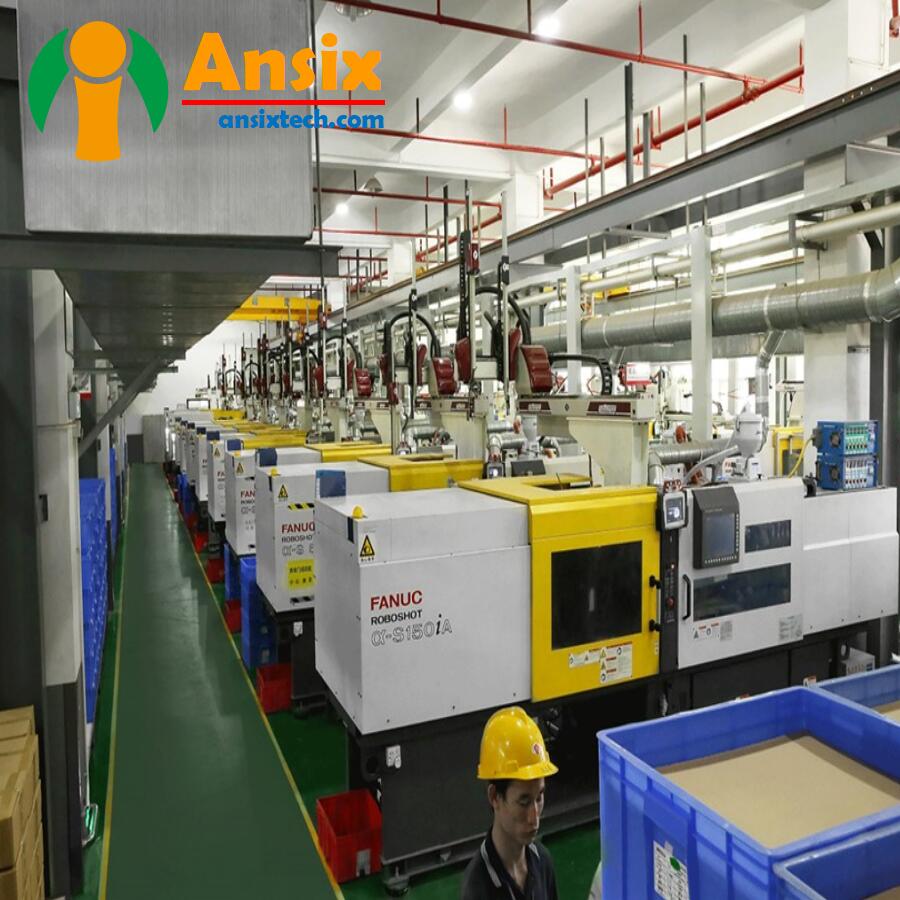
- AnsixTech Manufacturing capacity
AnsixTech has 4 production bases in China and Vietnam. We have a total of 260 injection molding machines. The tonnage of injection molding machines ranges from the smallest 30 tons to 2800 tons. The main injection molding machines include Japan's Fanuc, Sumitomo, Toshiba, Nissei, and Germany's Arburg (mainly liquid silicone injection molding, mainly two component). China has Haitian and Victor Taichung Machinery, etc.AnsixTech is mainly engaged in the fields of medical equipment, automotive interior molds, automotive interior decoration (INS/TOM/DOD), household appliances, daily necessities, kitchenware series, 3C, consumer electronics, industrial control appliances, maternal and infant products, etc.Advanced equipment: AnsixTech factory has advanced injection molding equipment, mold manufacturing equipment and processing equipment. our use the latest technology and equipment to ensure efficiency and quality of the production process.Production capacity: AnsixTech factory has strong production capacity and can meet customers’ mass production needs. our have efficient production lines and processes that enable them to quickly respond to customer orders and deliver on time.Quality Control: AnsixTech factory attaches great importance to quality control.our have a strict quality management system, including quality control and inspection from raw material procurement to production process. our use advanced testing equipment and methods to ensure that the quality of their products meets customer requirements and standards.Technical team: AnsixTech factory has a professional technical team, including engineers, technicians and quality control personnel. our have rich experience and professional knowledge and can provide technical support and solutions to ensure the smooth progress of the production process and the quality of the products.Environmental management: AnsixTech factory focuses on environmental protection and sustainable development. our comply with environmental regulations and standards and take steps to reduce their impact on the environment, such as waste disposal and energy management.Supply chain management: AnsixTech factory has good supply chain management capabilities. our have established long-term cooperative relationships with reliable suppliers to ensure the quality of raw materials and the stability of supply. our also work with logistics companies to ensure timely delivery of products and efficient logistics.


